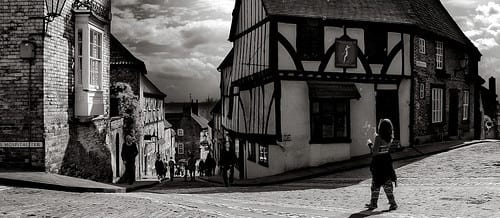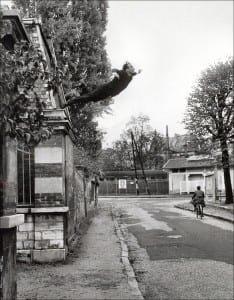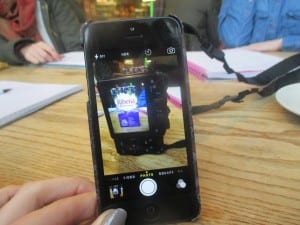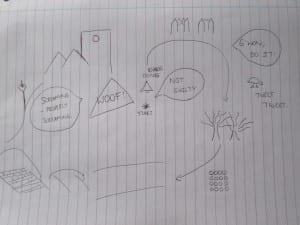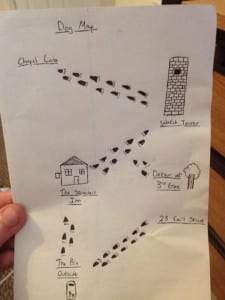After last weeks lesson, I went home and listened to a few audio pieces, mainly The Guardian Culture Podcasts, which are meant to be listened to independently as an individual type of performance art. Now, when originally asked to participate in something like this, I wondered how an earth something like listening to audio could be classed as a ‘performance’. We listen to audio through our headphones most days, don’t we? Some listen to music whilst walking to various locations, some to podcasts of their favourite radio shows and much more, yet I had never once considered this to be a performance.
The first audio I listened to was read by Adrian Howells and is number eleven in part of the Everyday Moments Podcasts, whereby audience members listen to this ‘audio drama’, in order for them to participate in and become their very own ‘private performance.’ (Howells, 2011). Each audio in this series are to be listened to at different moments throughout the day. This particular one is to be listened to in the early hours of the morning whilst sipping on a hot drink. Whilst getting myself sat comfortably, I was awaiting to hear some sort of instruction. Instead, I was acquainted with the sounds of some sort of running water – rain, a warm shower or bath running, perhaps? I then heard sounds of rustling paper, as if someone was reading a newspaper and loud sipping and loud ‘ahhh’ sounds after drinking it. At first, I didn’t find this irritating, but as the audio went on I found myself getting frustrated with his ‘ahhh’ ritual. Although I found this of annoyance, I did find myself doing it with him in synchronisation. In order to try and change my perception on private audio’s, I thought it would be wise to try out another order. This time it was from Fuel Theatre, in their collection of ‘While You Wait‘ for something, to ‘allow for a moment of reflection’. (Fuel Theatre, 2015). I took part in the first one called ‘Waiting Now’ and found something very intriguing about this piece. Unlike the Everyday Moments Podcasts being audio from one individual, Fuel Theatre culminated various different sounds, recordings, and telephone calls. There were lots of pauses to give the audience member time to reflect and reoccurring sounds. One aspect that particularly stood out to me, was the use of everyday phone calls. They were all to the same person ‘Paul’, and all followed similar topics of conversation: “Hi/Hello, its … er [name]”, “erm”, “The reason I’m calling”, and “I’m ringing today regarding”. In a way it was quite humorous listening to the same sentences, just with different tones of voice. It almost made me realise how staged our voices tend to sound when we ring people on a day to day basis. Similar to people working in retail when they ask the same questions to each customer. I remember repeating “would you be interested in any of our discounted offers for you today?” and it became almost second nature saying it. Towards the end of the recording, Fuel perfectly edited people responding about a certain time they would call or meet and fitted them in order so that they counted up from 1. After that, I then began to here words such as: “afternoon”, “about half 4?”,” tomorrow evening” and “last night”. As listening to this, I wrote down these specific things and realised it was all linked with ‘time’ and how life is sometimes perceived to be going by fast and in other cases, going slowly.
Works Cited:
Fuel Theatre (2015) While You Wait. [online]. London: Fuel. Available from: http://fueltheatre.com/projects/while-you-wait. [Accessed 13th February 2015].
The Guardian (2011) Everyday Moments 11: audio drama for private performance. [online]. London: The Guardian. Available from: http://www.theguardian.com/culture/audio/2011/nov/21/everyday-moments-podcast-adrian-howells
